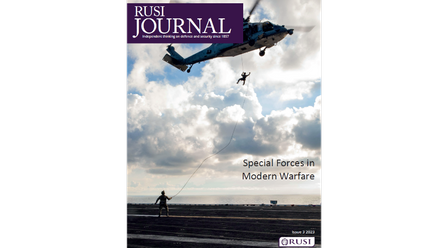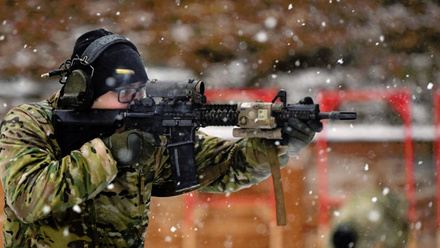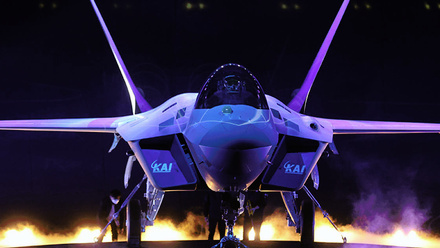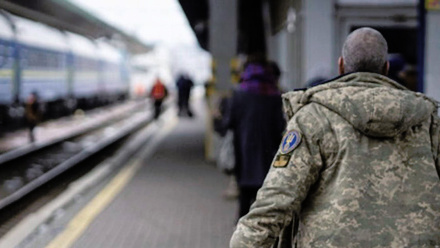Editor's Note (Vol 168 | Issue 3)
The war in Ukraine, now in its second year, has fuelled an already intense debate on what type of confrontations we should expect and prepare for in the coming years. Even before Russia’s full-scale invasion, the discussion had shifted to understanding the realities of great power rivalry and strategic competition, and away from the emphasis on counterinsurgency, expeditionary warfare and counterterrorism that consumed much of the early years of this century. Russia and China are seeking to redraw the established parameters of the global order, and while Russia’s invasion of Ukraine shows a decided willingness to start violent military confrontation of a 20th-century ilk, new technologies and domains overlay and expand the types and levels of engagement at which states must be able to compete.
In this complex arena, what type of resources, doctrine and concepts are most suited to the mid-21st century, and how can Western states best prepare not only for the wars of today, but the wars of tomorrow? Two articles in this issue explore how to think through such questions in specific contexts. David H Ucko looks at the changing role of special operations forces and discusses the opportunities and limitations of them, focusing on how they can best be harnessed within US strategic culture. In an essay reflecting on the role of the Royal Marines from a close-combat viewpoint, James White explores some of the challenges of developing sound tactical concepts for the effective organisation and deployment of this elite force.
These rapid changes are also affecting the weapons systems being developed and sold around the world, alongside commercial, dual-use technologies. As new actors emerge on the market, Shirzad Azad analyses South Korea’s ascendance as an important actor in the Middle Eastern arms market over the past three decades.
Among the many dimensions of the war in Ukraine, the media has often focused on the role of foreign volunteers that have travelled to Ukraine to join its efforts against the invasion – scrutinising their motivations and inquiring into their political allegiances and networks. Matteo Pugliese’s article presents some preliminary findings on the International Legion’s recruits. Based on conversations with members of the Legion, he paints a diverse and complex picture of the many foreign volunteers that have joined Ukraine’s fight, and their reasons for doing so.
The war does of course reverberate across the world in very different ways, and the reaction to Russia’s invasion outside Western allies has been far from unanimous. India in particular has been treading a fine line in its relations with both Russia and the West. Shubhrajeet Konwer analyses India’s position during the first year of the war, looking at its approach to maintaining its relations with Russia and the US, with an eye to China and the war’s impact on the regional balance of power.
Finally, Runar Spansvoll considers the array of tools that Russia has used, and continues to employ, to further its foreign and security policy outside of direct military action, focusing on Russian sub-threshold activities in neighbouring Norway.
Dr Emma De AngelisEditor, RUSI Journal





